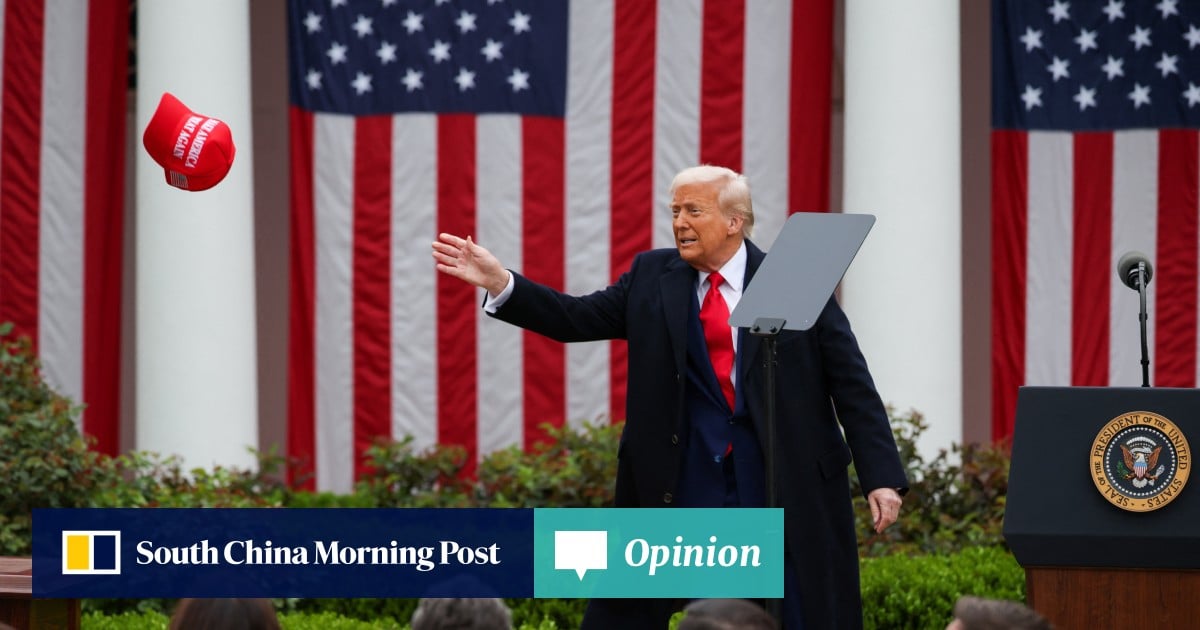
A hundred days into US President Donald Trump’s return to the White House, his China policy remains a chaotic mix of rhetoric, reaction and risky escalation. Despite calling Chinese President Xi Jinping a “good friend” and claiming openness to direct talks, Trump’s actions paint a far more confrontational picture.
Advertisement
His administration is charging into a dangerous stand-off with Beijing, driven more by economic bravado than strategic planning, leaving allies and observers uncertain of the broader goal.
The US president has increased tariffs on some Chinese imports to a staggering 245 per cent, reigniting a trade war with real economic consequences. He has accused China of trying to “screw” the US, framing the bilateral relationship as a zero-sum contest.
Meanwhile, US Vice-President J.D. Vance’s recent comment referring to the Chinese people as “peasants” has sparked outrage and raised questions about the administration’s judgment.
Diplomatically, the US is flying half-blind. The US Senate has yet to confirm an ambassador to Beijing. Despite claims that talks are under way, Trump has not appointed a lead negotiator for China. Trust remains low on both sides. Without a clear mandate from the two presidents, any discussion would lack direction and coherence.
Advertisement
Meanwhile, the White House has ousted several US National Security Council members, including David Feith, a veteran China expert who helped shape policies on the Indo-Pacific, tech controls and TikTok. The dismissals signal a shift towards political loyalty over policy expertise, which may reduce the administration’s capacity to navigate a complex relationship effectively.
